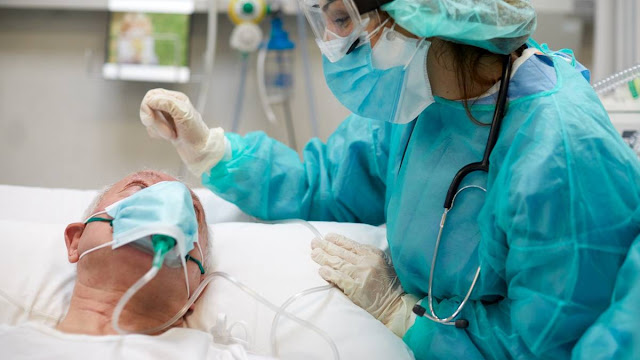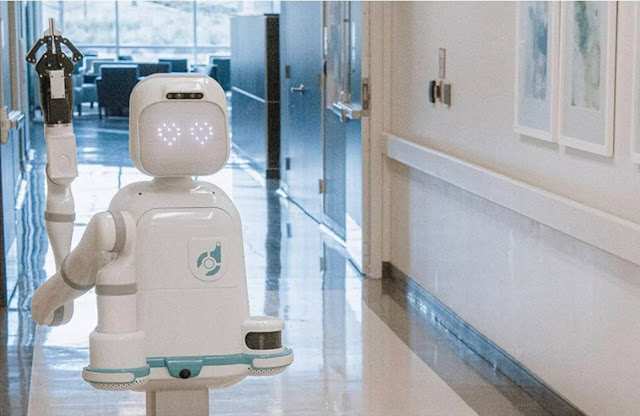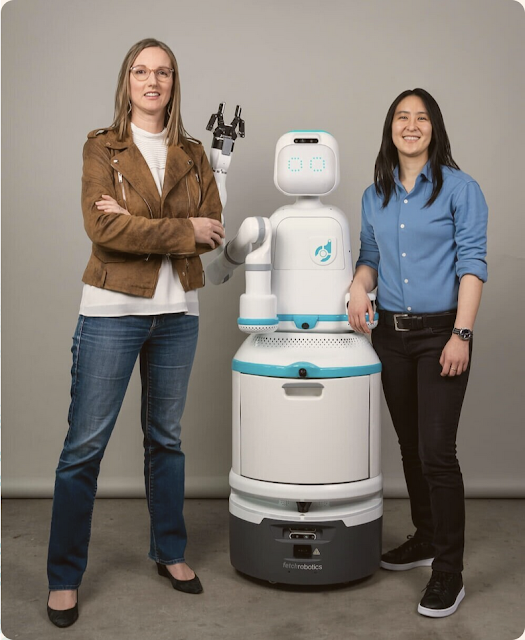Through the pandemic, the Emergency Medical Services Authority (EMSA) in California enacted policies that allowed nurses who were licensed in any state to work in California. However, on March 31, 2022, the executive order that allowed that provision is expiring.
That means that any out-of-state nurses who do not specifically have a California nursing license will not be allowed to work in California anymore.
According to the California Board of Nursing, any travel nurses who wish to continue working in the state must get a California endorsement. Interim licenses are allowed, but if you don’t have a CA license, you’re out. And unfortunately, those changes may only exacerbate nursing shortages in the state as well.
How to Get Licensed
With the changes coming up quickly, the California Board of Nursing is encouraging any travel nurses who want to continue to work in the state to get their CA nursing license immediately. Travel nurses who have been working in the state can apply for Licensure by Endorsement online. In order to be eligible for Licensure by Endorsement, you need to meet the following qualifications:
◉ Have a current and active nursing license in another state
◉ Passed your NCLEX or the State Board Test Pool Examination (SBTPE)
◉ Completed an educational program that meets all California requirements
It’s that last stipulation—passing a program that meets all California’s requirements–that is tripping some people up because California has a microbiology clinical lab requirement for all of its licensed nurses. If you didn’t take microbiology with a lab as part of your nursing program, you may be required to take the class now and submit documentation of successful completion in order to receive your license.
Some nurses who have had to go through the process recommend taking it at a community college if it’s required since that will be the most cost-effective strategy. Additionally, you may be able to take the class portion online and complete only the lab portion in person. Nurses from different countries will have additional stipulations as well.
What You Can Do Now
According to The California Board of Registered Nursing (BRN), out-of-state RNs should apply for licensure by endorsement as soon as possible. They explain that all applications will be processed according to the order they were received; that means that if you wait until the last minute, your application may not be processed in time for you to continue working once that March 31 deadline hits.
The good news is, they also explained that once you apply for your permanent licensure by endorsement, you can apply for a Temporary License right away. The temporary license will be valid for six months, so it should allow any out-of-state nurses enough time to continue working while their permanent license application is processed.
If you currently are a travel nurse in CA and your agency or healthcare facility has not mentioned the upcoming changes yet, you should definitely speak to them about what you need to do and take steps to apply for your licensure by endorsement right away. Additionally, if you are taking a CA travel nursing position anytime soon, you may need to submit proof that you have applied for licensure by endorsement as well. Some travel nursing jobs are requiring proof of receipt that you have applied, so be prepared if you plan to take a CA nursing job in the next few weeks.
The bottom line is that if you don’t have a CA nursing license and want to have the option to work in the state as a travel nurse this year, you’re going to want to apply for your Licensure by Endorsement right away. And if you’re already working in the state, don’t forget to apply for your temporary license in the meantime too, so you don’t lose your job come April 1st.
Nurses who aren’t prepared ahead of time may lose their jobs and staffing agencies may have a harder time finding nurses with the proper licensure to fill positions, so any nurse who has the correct California nursing license is going to be in a prime role to take on higher-paying travel assignments this spring.
Source: nurse.org












